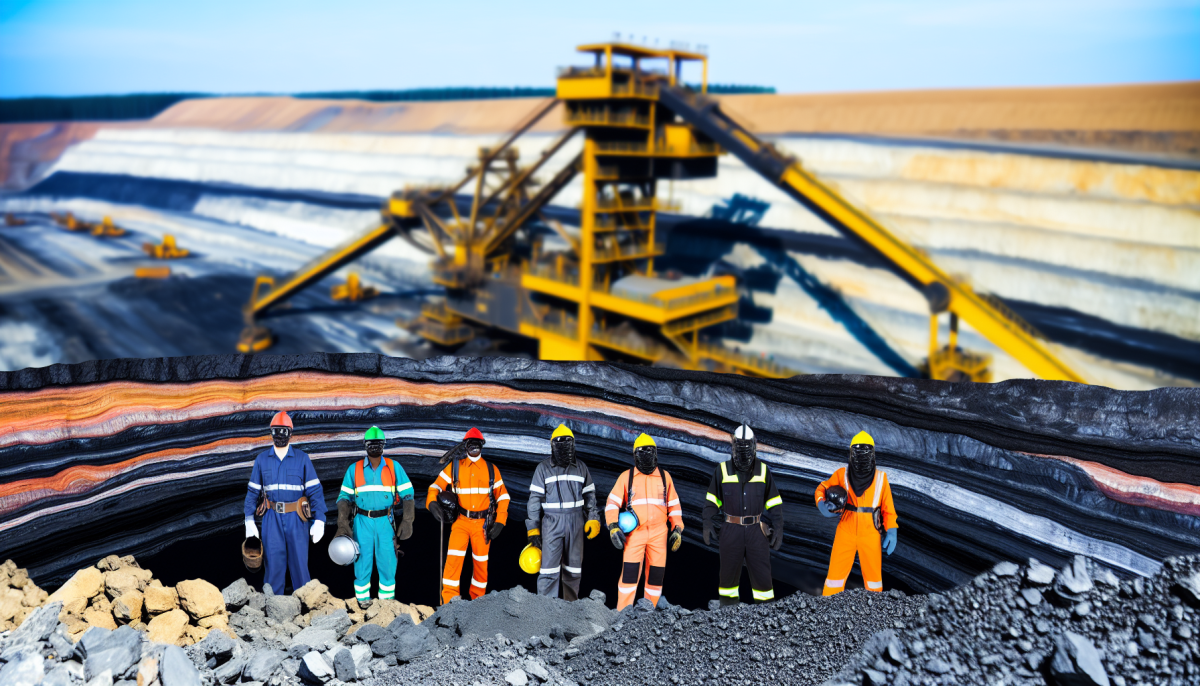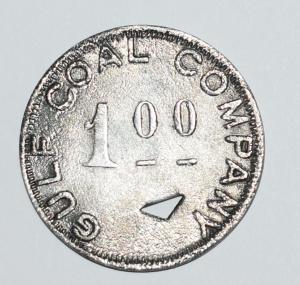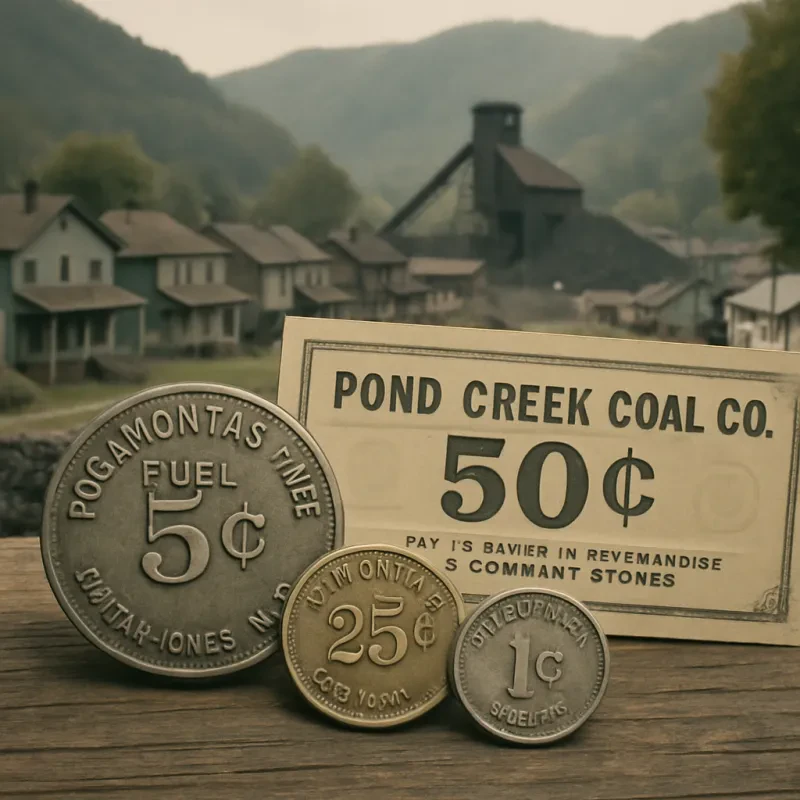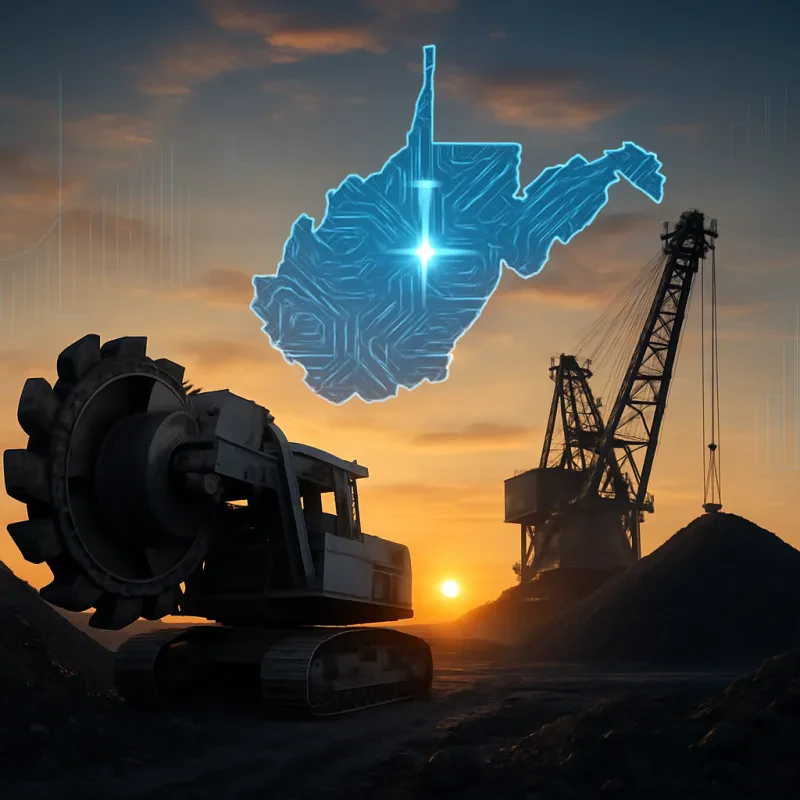When it comes to understanding how is coal extracted, it’s important to know that there are basically two main methods: surface mining and underground mining. Each method has its own techniques and considerations, making it essential to choose the right approach based on the location and depth of the coal deposits.
Surface mining is often used when coal is close to the earth's surface. This method involves removing the layers of soil and rock above the coal seam, making it easier to access the coal. Some common techniques include strip mining and open-pit mining. The stripped-away materials are generally called overburden, and once the coal is extracted, it's often necessary to replace the overburden to restore the landscape.
On the flip side, underground mining is used when the coal is buried deeper down. This process involves creating tunnels or shafts that lead to the coal deposits. Miners work in specific sections, often using equipment to break apart the coal and transport it to the surface. This method is safer in some cases, as it minimizes surface disruption, but it can also pose greater risks to the miners due to conditions like cave-ins or gas exposure.
As you consider how is coal extracted, it's also worth noting the environmental impact of these methods. Surface mining can significantly alter landscapes, while underground mining can lead to issues like subsidence. Efforts are ongoing in the industry to improve these processes and make them more sustainable, so it’s a topic worth keeping an eye on if you’re interested in coal extraction and its effects!
Methods Used in Coal Mining
Surface Mining is often the first choice when coal is close to the surface. This method involves removing the layers of soil and rock that sit above the coal—called overburden. Once those layers are removed, the coal is easily accessed and can be moved to the surface. The main types of surface mining are:
Underground Mining kicks in when coal is buried too deep for surface mining. This technique involves creating tunnels to reach the coal. The most common types of underground mining are:
So, there you have it! By knowing how is coal extracted, you can better understand the processes and techniques that go on beneath the earth’s surface. Each method has its pros and cons, but they all aim to efficiently bring coal up for use, whether it’s for energy production, steel making, or other industrial purposes.
The Role of Technology in Mining
Technology plays a huge role in how is coal extracted from the ground. Over the years, advancements have made the extraction process safer, more efficient, and less harmful to the environment. Modern mining equipment and techniques have transformed the industry, allowing miners to access coal deposits that were once too challenging to reach.
One of the most significant changes has been the shift from traditional mining methods to more advanced techniques like surface mining and underground mining. Surface mining involves removing the layers of soil and rock above the coal seam, which can be done quickly and with less risk to the workers. On the other hand, underground mining, while more complex, uses technology like remote-controlled machinery and monitoring systems to ensure safety and efficiency.
Automation and robotics have also become game-changers in mining operations. These technologies help streamline processes, reduce the number of workers needed underground, and minimize exposure to hazardous conditions. For example, remote-operated vehicles can traverse difficult terrain to gather information about coal deposits, helping companies decide the best extraction methods.
Besides equipment, data analytics has become crucial in modern mining. By analyzing geological data and operational performance, companies can optimize their resources, improve safety measures, and reduce costs. This insightful approach not only answers the question of how is coal extracted but also enhances the overall effectiveness of mining operations.
Environmental Impact of Coal Extraction
When we're diving into how coal is extracted from the ground, it’s crucial to consider its environmental impact. Coal mining, whether done through surface or underground methods, can lead to significant changes in the surrounding ecosystem. One major concern is habitat destruction. Large areas of land are cleared to access coal seams, which disrupts local wildlife and plant life.
Water pollution is another serious issue linked to coal extraction. During the mining process, harmful substances like sulfur and heavy metals can leach into nearby waterways. This not only affects the water quality but also harms aquatic life and can lead to serious health issues for communities that rely on these water sources.
Air quality can also take a hit from mining operations. Dust generated during extraction can contain harmful particles that contribute to respiratory problems in nearby populations. In addition, burning coal for energy releases greenhouse gases, which are a significant factor in climate change. So, as we explore how is coal extracted, it's essential to keep these environmental concerns in mind.
Finally, coal mining can lead to soil degradation. The process disrupts the natural layers of soil, making it difficult for vegetation to regrow in those areas. This affects not only the local ecosystem but also agriculture, as the quality of soil is vital for farming. Understanding these impacts helps us grasp the full picture of coal extraction beyond just the technical process involved.







